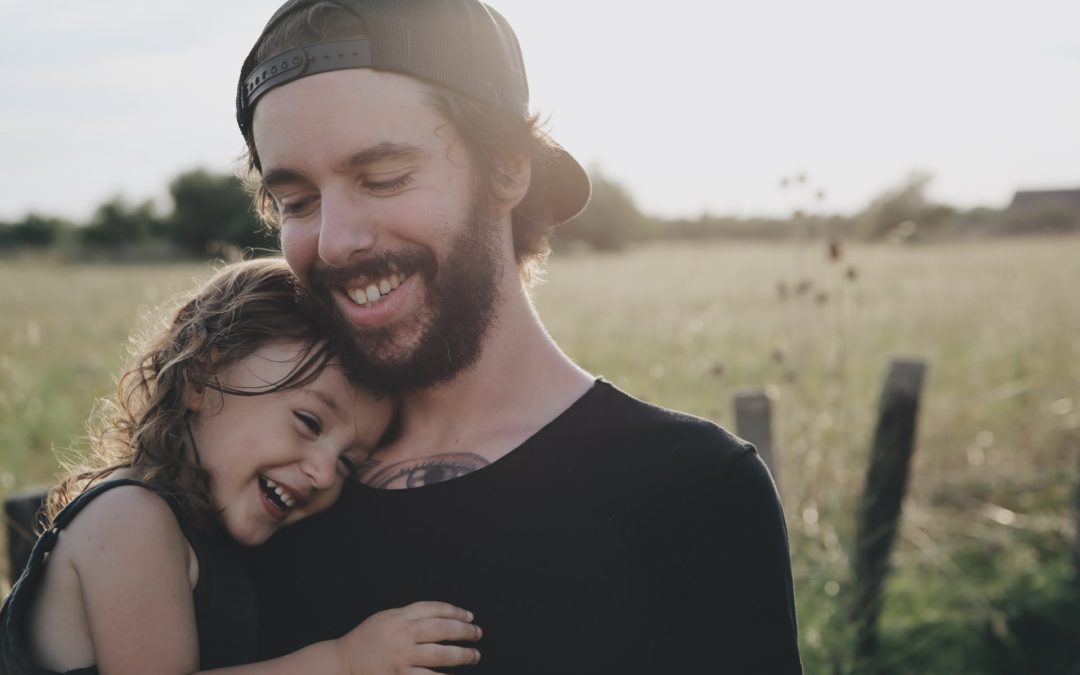Every child, no matter their age, needs a guardian to look after them as they grow. Typically this is the child’s parent, but that’s not always the case. In some instances, children are looked after by special guardians: caretakers who are not a child’s parent but retain parental responsibility. They are given all of the rights and responsibilities that someone legally has when taking care of a child by a court, and the parental responsibilities of a special guardian override those of the child’s parents.
Special guardianship is different than adoption. When adopting a child, ties between the child and their birth parents are cut. Children with a special guardian, however, can still remain in touch with their birth family. This guardianship is best suited for children who aren’t suitable for adoption but would still benefit from a long-term caretaker.
Though initially special guardianship was a lesser-used method of care, recent years have shown its increase in popularity; family courts have placed more children in a special guardianship than with adopters and maintained family networks for the children as a result. Adoption is instead used as a last resort when “nothing else will do.”
This shift in decision-making shows just how beneficial special guardianship is for vulnerable children. It gives children a stable and permanent place to call home, and they often end up having better school results than children who are looked after by children’s services. Special guardianship provides an anchor for these children to hold onto when they’re at their most vulnerable.
Despite the benefits of special guardianship, the system isn’t one without flaws. Deciding to raise a child is a life-changing decision, yet special guardians aren’t automatically entitled to legal aid or training. They aren’t prioritized for rehousing or financial support either, and though they are entitled to therapeutic support, only 9-percent have received help in the past four years. Special guardians don’t get automatic employment leave when taking a child into their family either, unlike adopters and foster parents.
Despite the issues at hand, they aren’t unfixable. The first steps needed to address these issues and improve the practice have already been taken. This doesn’t mean that the battle over, though; it’s barely begun. A national strategy is needed to address the flaws of special guardianship in addition to government support so that special guardianship is recognized more widely.
Support for special guardianship equates to support for vulnerable children who need care from these caretakers. The benefits of this guardianship far outweigh any cons, and supporting the notion opens up a bright future for these children to embark on with their guardians at their side.

